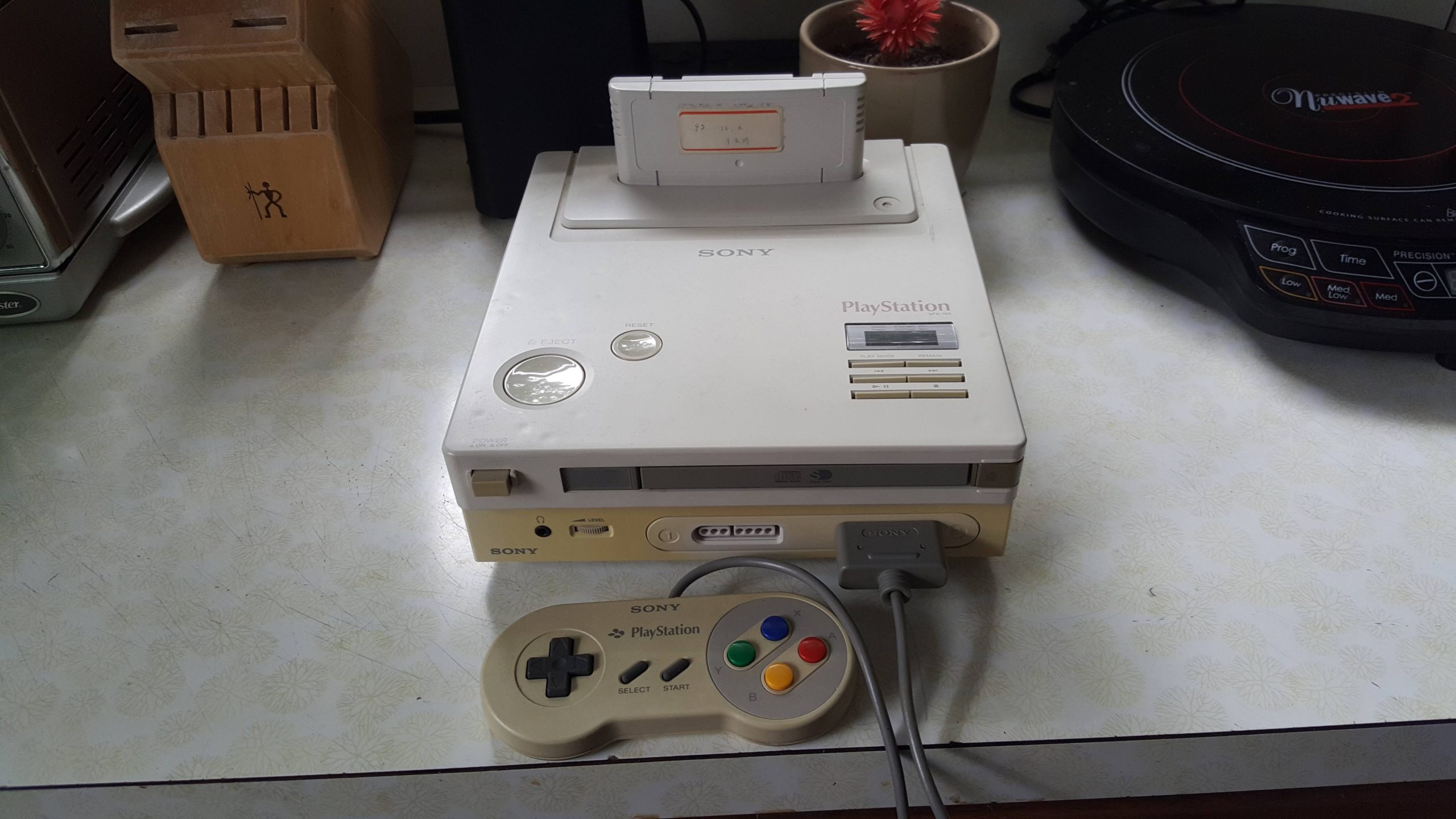Which is the point. Hardware support, and solution, for both 2D and 3D, built back then in 1992. It is not like there were thousands of already known solutions available. This was brand new territory to explore, especially with a home console price point. When you look at what SEGA were doing in the arcades, the super scaler, the multi CPU/GPU design, Saturn was the most logic step for them to support properly 2D and 3D. Never could they have embedded the 3D hardware that was in their arcade machines.
Unless you would have expected SEGA to make a proper 2D and 3D hardware that was going to be more efficient at 3D than a 3D specialized competitor hardware ? How about having reasonable expectations for SEGA, just as we have for other manufacturers ?
None of their 3D arcade HW was using warped sprites as far as I know so SEGA knew how to made 3D differently (maybe they got worried about cost, the Arcade had essentially duplicated 2D and 3D HW, and their ability to use 3D optimised HW for 2D to something miles beyond what Genesis developers tried to achieve( and a design that started looking at 3D first and foremost and then tweaked to do also great 2D would have looked different than a design that started to solve the graphics people were doing in the previous generation better and during development started optimising the design more and more for 3D (the DSP in the SCU screams later addition for example).
SEGA had plenty of partnerships that did 3D great (look at the arcades), they rejected SGI, they rejected M2 from Marsushita (later on fine), and they rejected Sony themselves.
I am not arguing that a motivated Sony could have still not out engineered them money wise, but I think their design goal of the hybrid architecture starting from their 2D roots was wrong or hastily executed. They launched early which would have been a luckier bet if they took a page out of Sony’s approach and started 3D first and figured out 2D as a secondary target and still launched early (it could have been less “easy” to program for than PS1 and more manual but still more forward looking for the 3D revolution while still being “good” at 2D). If they wanted to keep their approach they should have let the system cook for longer and thus giving the R&D arc more time (this is not just adding time at the end to rush some late changes but planning more time).
Saturn was a console they HAD to get right, they should have treated it as their Hail Mary like they did the Dreamcast. Hindsight and all that, but there was a lot of hubris there too. Sony was a untrusted newcomer andNintendo was late with the N64, SEGA could have pushed to dominate the market but exerted too much restraint.
They tried to rush to the market before Sony and could have let the Saturn cook for a bit longer. Launching with a better SDK and tools for third parties, hey maybe figuring out perspective correction for warped quads (I know, big ask

), maybe ditched the second SH-2 and expand the SCU DSP (take it out and make it a direct co-processor to the SH-2 at the same clockspeed, add a divider, and give it some local storage) in something more VU1 like (think PS2).

